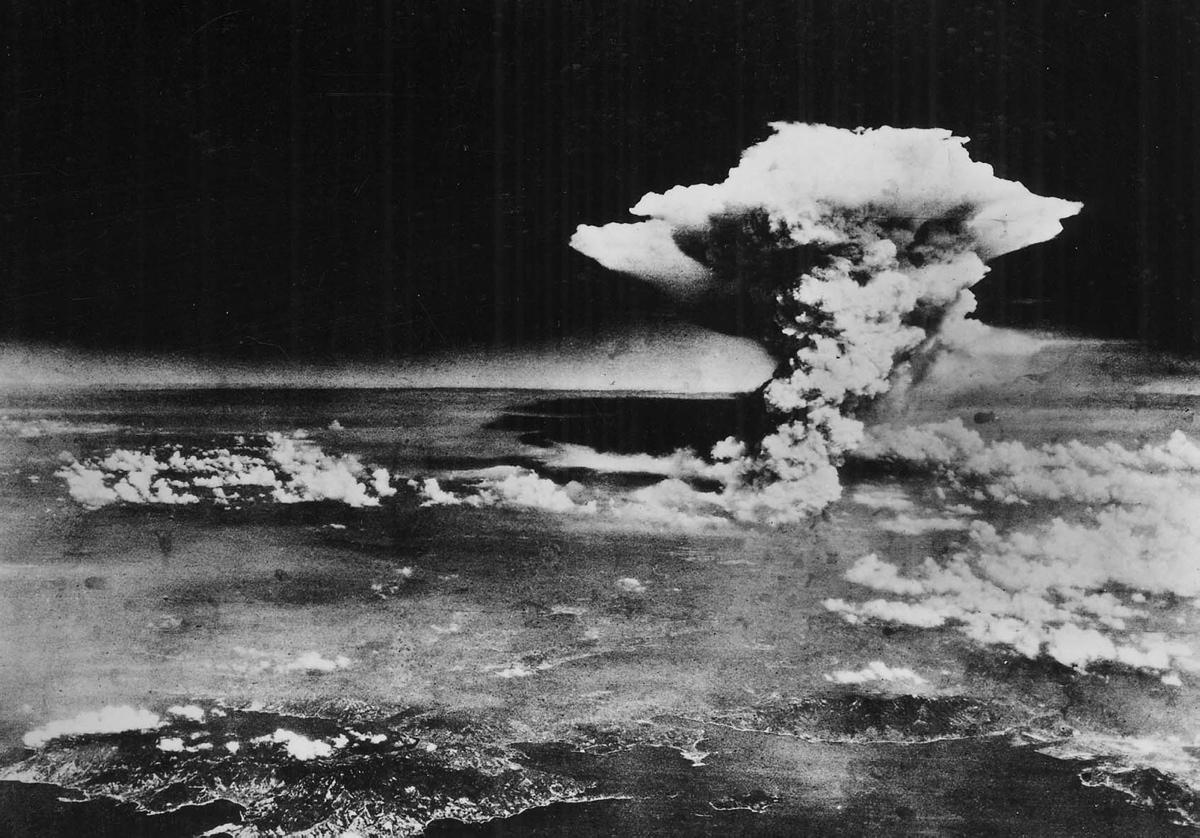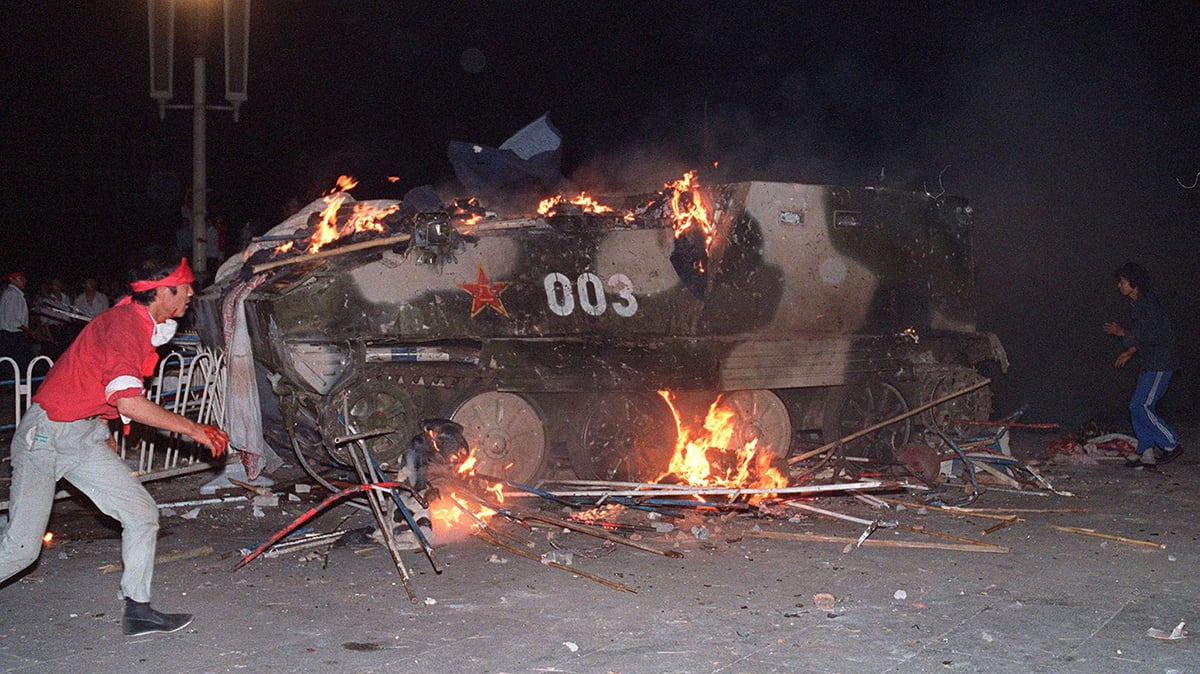A wave of political change has swept over Nepal in the past few months. In April 2006, King Gyanendra—who sacked the country’s parliament and concentrated all political power in himself in February 2005—was forced to reinstate the parliament after weeks of country-wide strikes. Since then, the seven parliamentary parties, known as the seven-party alliance, and the Communist Party of Nepal (Maoist), have been in negotiations about the political shape of the new government.
The CPN(M) waged a 10-year-long people’s war to replace the old political structure with a new one free of corruption
|
The political changes ushered in by the people’s advances, led by the CPN(M), have given necessary political space for other, related democratic movements to blossom. The ending of the King’s direct rule has created an opening for greater equality for all people in Nepal.
On Aug. 26, Anil Mahaju and Diya Kashyap, two gay men, were married in Nepal’s capital city, Kathmandu. This was the first public same-sex wedding in Nepal’s history. Hundreds of years of colonial and then semi-colonial subjugation, crushing poverty and economic underdevelopment, and the remnants of feudal economic, political, and social relations have kept the LGBT movement and other democratic struggles from fully developing. Things are beginning to change.
The same-sex marriage ceremony defied Nepal’s traditional cultural norms that were shaped largely by the feudal caste-system. Although homosexuality is not a crime in Nepal, “unnatural sex acts” are punishable by up to a year in prison. And LGBT people are routinely harassed by police.
Anil Mahaju said that the wedding was intended to send a message to all LGBT people living in the closet in Nepal. “Part of the reason I’m making this commitment is for the coming generation. People have been hiding and they have to come out,” said Anil.
Under current law, the marriage cannot be registered officially with the state, but Anil was undeterred, “The government won’t give us permission, but it’s our life to do as we want.”
Organizing to win democratic rights
Sunil Pant, founder of Nepal’s primary LGBT rights group, the Blue Diamond Society, offered his organization’s offices for the ceremony. “I am really excited and happy that they have dared to challenge traditional culture and family values, where the whole society is oriented towards heterosexual marriage,” said Pant. He also voiced his hopes that the event would help put LGBT rights on the political agenda after King Gyanendra’s decline.
The Blue Diamond Society has fought for LGBT rights for many years. It has engaged in public campaigns to educate the public about the lives of LGBT people, but also has had to routinely struggle against state-organized repression in Nepal under King Gyanendra. The group spends much time and resources bailing out LGBT people arrested by police on weekends, who are sometimes beaten up, sexually assaulted inside police stations and detained without trial.
Before this past April, when the people of Nepal defeated Gyanendra and forced him to reinstate the parliament, the same-sex marriage ceremony would have been unthinkable.
The Blue Diamond Society and other organizations are now demanding that the new constitution protect the rights of LGBT people and eliminate any laws that discriminate against them. They want marriage and property rights, equal wages and general political and social equality. Another key demand is for transgendered people to be recognized as citizens. Currently, Nepal’s government only recognizes people who identify as men or women as citizens.
These suggestions were presented to the committee that drafted the interim constitution, but no mention of gay rights appears in the 172-article document at this time. Pant noted that most mainstream political parties in the government have not been receptive to the idea of enshrining gay rights in the new constitution: “Women’s groups and ethnic minority groups are supportive, but the political leadership is still controlled by [high-caste] Brahmins and Chhettris, which is a problem.”
In many of the areas liberated and controlled by the CPN(M), the struggles for women’s rights and ethnic minority rights have made great strides because the party has done away with the feudal caste system. Laws and historical social practices that discriminate against women, lower castes and dalits—”untouchables” who aren’t considered part of the caste system—have been done away with.
Women have the right to divorce, inherit land, go to school and join local militias and the People’s Liberation Army. These incredible advances have helped open the door for LGBT rights struggle to become more visible in Nepal.
Some political organizations are supportive of LGBT equality. Sonam Sathi, spokesperson for the Communist Party of Nepal (Unity Center-Mashal), attended the same-sex ceremony to support the couple. “Nepali society is very traditional and this is the first ceremony of its kind in Nepal,” said Sathi. “There is terrible discrimination in Nepal and South Asia as a whole, but this marriage will express their will that they have the right to do this.”
The continuing struggle for LGBT equality is part of the struggle for liberation from semi-colonial and imperialist domination. The upcoming constituent assembly will bring Nepal closer to freedom from autocratic rule. And this same-sex wedding and other political acts like it will help the people of Nepal put an end to discrimination that has long been promoted by kings and other oppressors.





